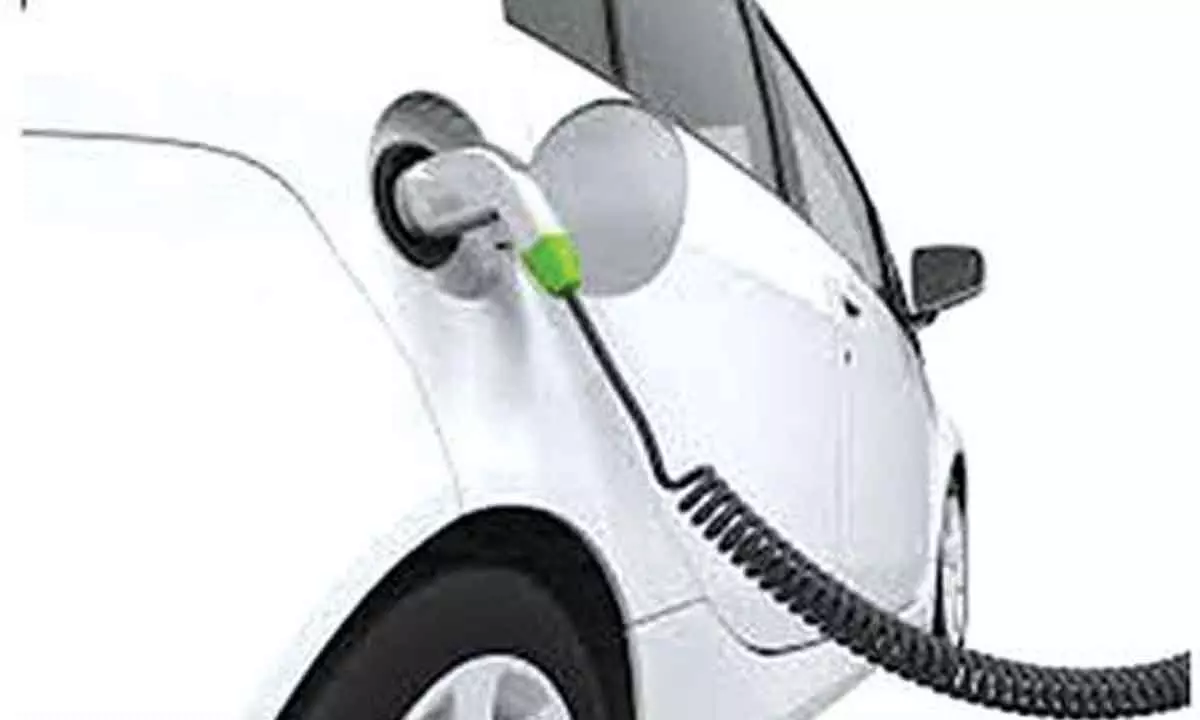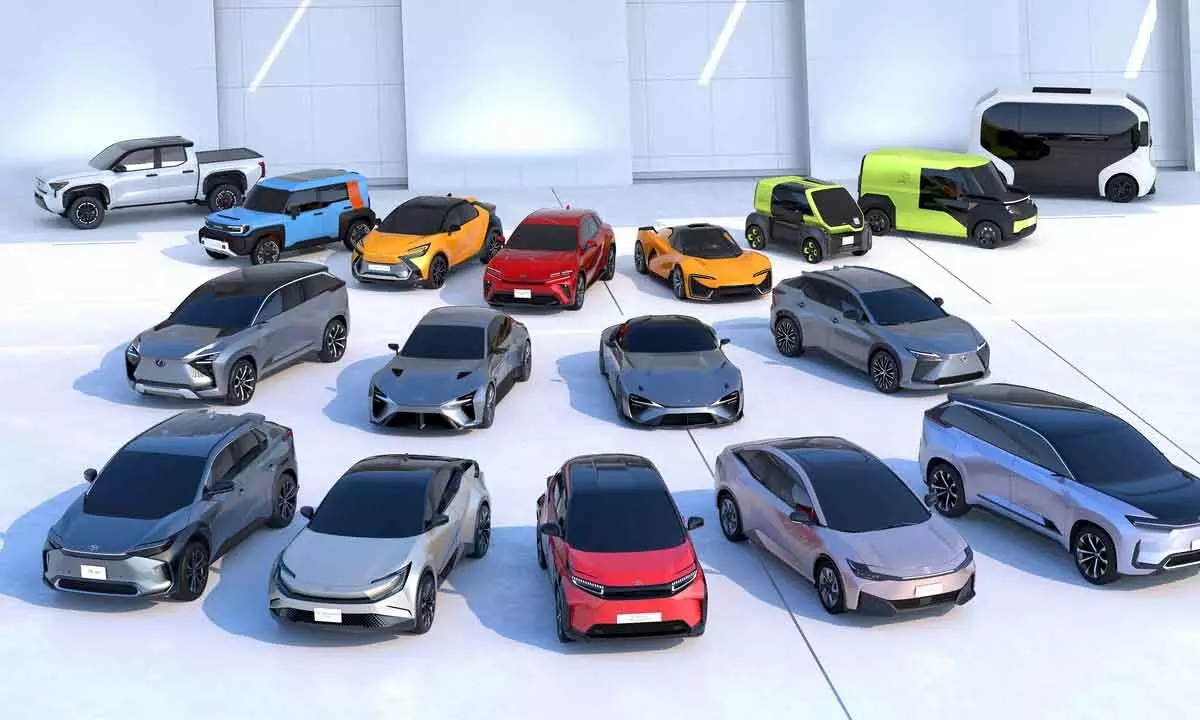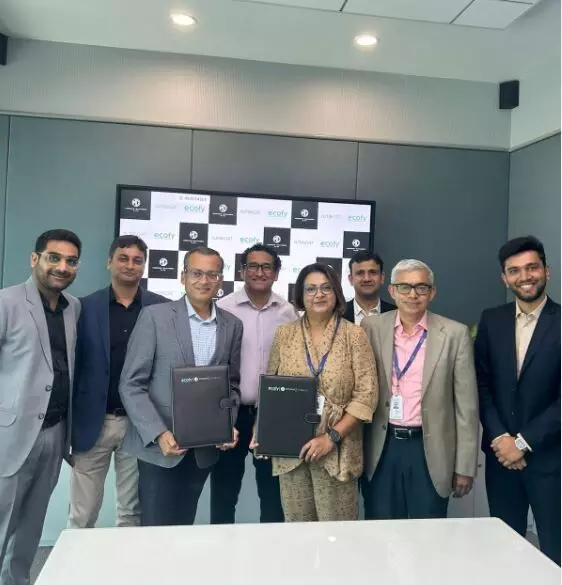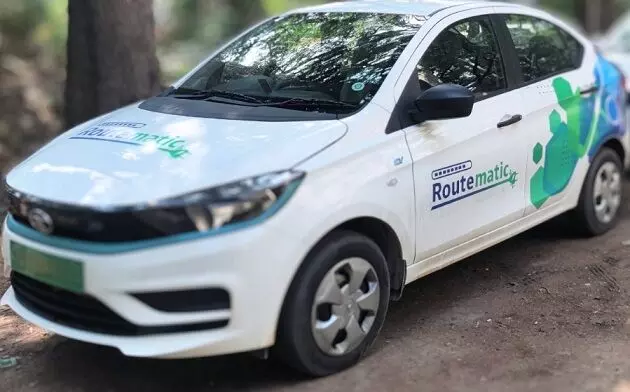Musashi Auto Parts India Pvt Ltd (Musashi), a subsidiary of Musashi Seimitsu Industries, Japan, has begun mass production of EV two-wheeler e-axles in India. The e-axles will be manufactured at Musashi India’s Bangalore facility, with the line-off ceremony held on June 5 to mark the start of production.
In the first phase, Musashi has set up a capacity to produce 10,000 e-axles per month, with plans to increase this capacity with additional lines from the third year onwards. These e-axles are designed to be compatible with EV two-wheelers, offering compactness, lightweight, and quiet operation to enhance performance, range, and user experience.
Musashi plans to invest INR 160 crore in its EV business in Phase I, focusing on new assembly lines for EV transmission components and upgrading existing facilities. The company entered the EV segment in India in September 2023 through a joint venture with Delta Electronics, Inc. and Toyota Tsusho Corporation, forming Musashi Delta e-Axle India Private Limited. Musashi holds a 51% stake in the JV and established the Bangalore facility to manufacture and sell e-axles for two-wheeler EVs in the Indian, African, and ASEAN markets. The facility includes a motor assembly line and a drive unit assembly line, with a target localization level of two-thirds of the total cost by the end of the financial year.
Mr. Naoya Nishimura, CEO India & Africa Region, stated, “The commencement of the manufacturing of e-axles marks a significant milestone in our journey towards accelerating the adoption of EVs in India and enabling a faster transition to green mobility. Our production lines are equipped with state of the art technologies that will ensure a seamless integration across the assembly line, ensuring increased efficiencies and production output. With the rapid growth of EV two-wheelers in India, the need to build a local and robust ecosystem of EV components is imperative. At Musashi, our goal is to contribute to the growth of this ecosystem by combining our legacy and expertise in manufacturing auto components with our R&D capabilities to deliver cutting-edge, high performance EV drive units to the burgeoning EV industry in India.”
Musashi India is collaborating with BNC Motors to develop EV drive units for BNC’s upcoming EV two-wheeler, which will be equivalent to a 125cc ICE scooter, as stated in the company statement.
Also read: Musashi Seimitsu enters Indian e-mobility market | Plans to invest INR 70 crore in phase 1
Subscribe & Stay Informed
Subscribe today for free and stay on top of latest developments in EV domain.





